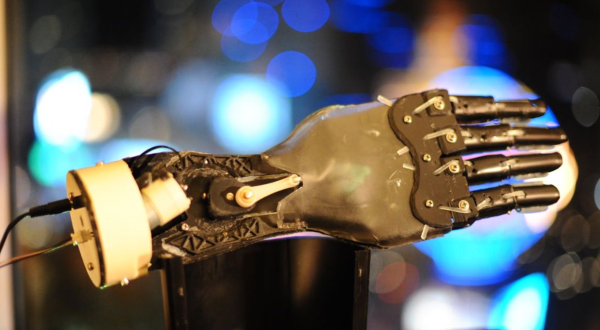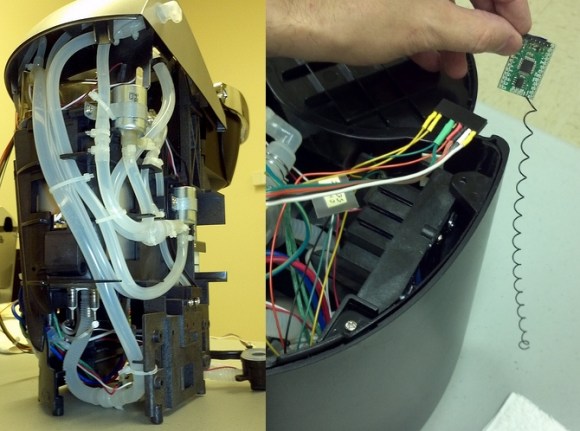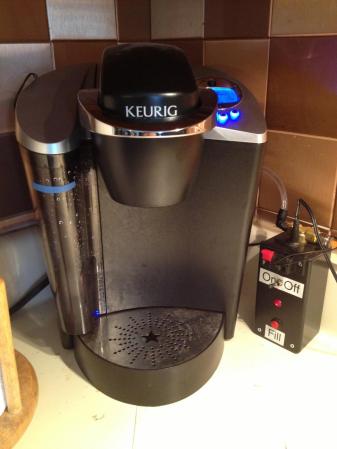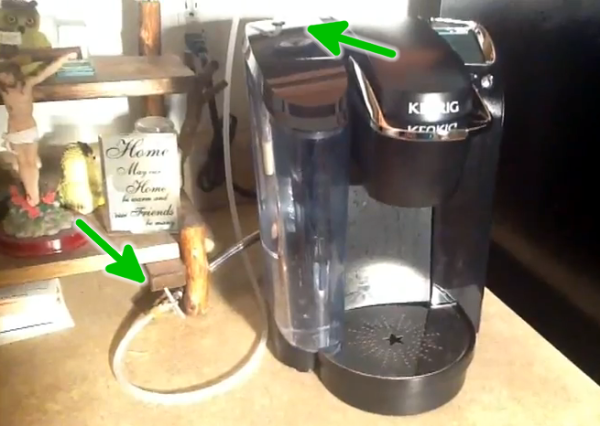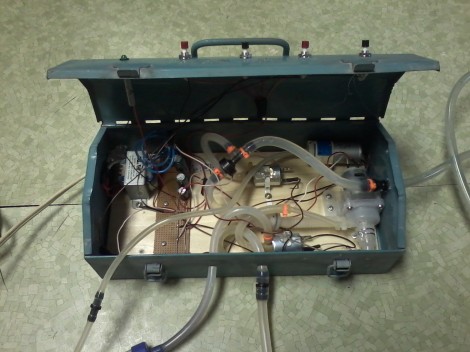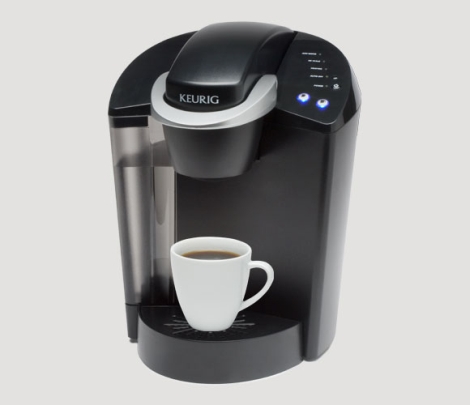Developing into a modern hacker and tinkerer requires a lot of things: electronics study, programming knowledge, and patience (among many other things). But, the most important quality a hacker can have is curiosity. The desire to see how things work is what drives most budding hackers towards the dismantling of family appliances and electronic gadgets.
Many end up scavenging parts from the things around the house for their first projects. But, with money and more ambitious builds comes the need to purchase parts off the shelf. There is, however, something to be said for the ingenuity that comes with building something solely with scavenged parts, and that’s what [Evan Booth] decided to do, in a spectacular fashion.
Continue reading “Hedberg Is A Bionic Hand Made From A Single Keurig”

